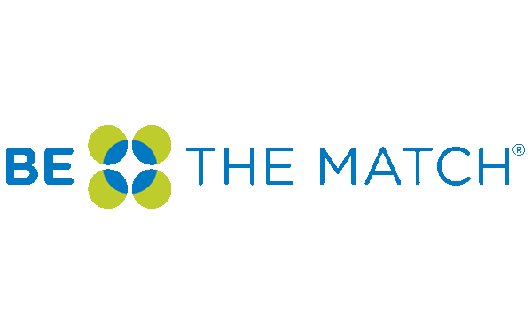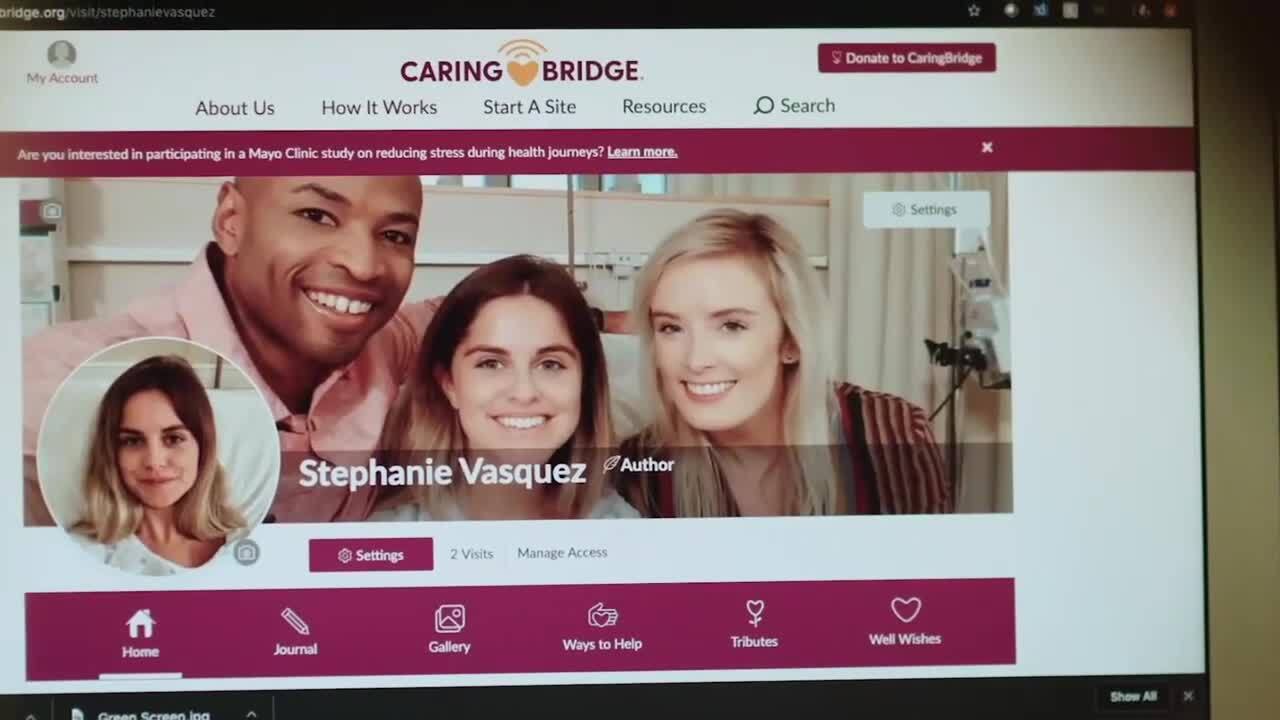
Be The Match
Be The Match is Finding a Match for Every Patient with Salesforce
When their 10-year-old daughter Laura was diagnosed with leukemia, Robert Graves, D.V.M., and his wife Sherry were ready to do anything they could to save her. In 1979, Laura received the first-ever bone marrow transplant for leukemia from an unrelated donor—and it worked. Thanks to Dr. Graves, other patient families, doctors, congressional support, and funding from the U.S. Navy, a national registry of volunteers willing to donate bone marrow was born. Today, Be The Match is the most diverse registry in the world, providing patients access to more than 37 million donors across the globe.
The Need to Streamline the Constituent Experience
Finding new donors is critical; Be The Match looks for not only financial supporters, but actual blood stem cell donors who make it possible to provide life-saving cures for patients in need.
The organization’s vision is to ensure that every individual who needs a blood stem cell transplant can find a match on the Be The Match Registry. However, the registry isn’t diverse enough to meet the needs of patients. Patients are most likely to match a donor who shares their same ethnic background. More people are needed to join the registry so that more patients can have a greater chance of finding their cure.
The organization also works with partner clinics, fundraisers, advocates, and financial supporters to advance their mission. Patients, families, and supporters can move between all of these different groups throughout their relationship with the organization. There are many disparate records for multiple touchpoints in a patient’s journey, which created complexity and difficulty in supporting a streamlined experience for donors and patients.
While extremely successful in encouraging individuals to sign up for the registry, the organization faced a challenge in getting individuals to agree to donate when they are matched with a patient. To change this and to streamline the supporter experience, Be The Match implemented Salesforce. Now able to build deeper relationships with potential donors, the organization took on increasing the number of donors in the registry. With data centralized in the cloud, the organization can track the different touchpoints for both patients and donors over the course of their lifecycle.
Using Personalization to Help Patients Find a Match
Be The Match’s mission is to save lives through cellular therapy. To help all patients find a match on the registry, Be The Match is committed to increasing the diversity of the registry. By segmenting their online audience, Be The Match will be able to provide highly relevant content that encourages supporters in underrepresented communities to register as donors. These personalized appeals will help the organization connect with the needs of supporters in these communities and engage, educate, and cultivate donors and advocates.
With Salesforce, Be The Match can deliver a personalized appeal to supporters from their very first experience with the organization. With Interaction Studio and Audience Studio, they can track and interpret supporters interests and preferences, then create segments to engage them with hyper-relevant content.
Once individuals have registered with Be The Match, Ad Studio helps continue to place this super-relevant content in front of new supporters as they begin their journey as a blood stem cell donor. Finally, Social Studio helps Be The Match listen for and identify current and potential advocates, blood stem cell donors, and financial contributors to understand their unique needs and behavior patterns across their social media profiles, allowing for greater personalization and increasing opportunities for engagement.
Since partnering with Salesforce, Be The Match has been able to revolutionize the journey for prospective supporters, by offering uniquely compelling content, personalized to the community to which each supporter belongs. With this deeper level of personalization, they aim to increase the diversity of the registry and the longevity of their support. They also hope to consistently share the impact donors have on the outcomes of patients in need of a cure, and create a strong bond between advocates and those they help.
